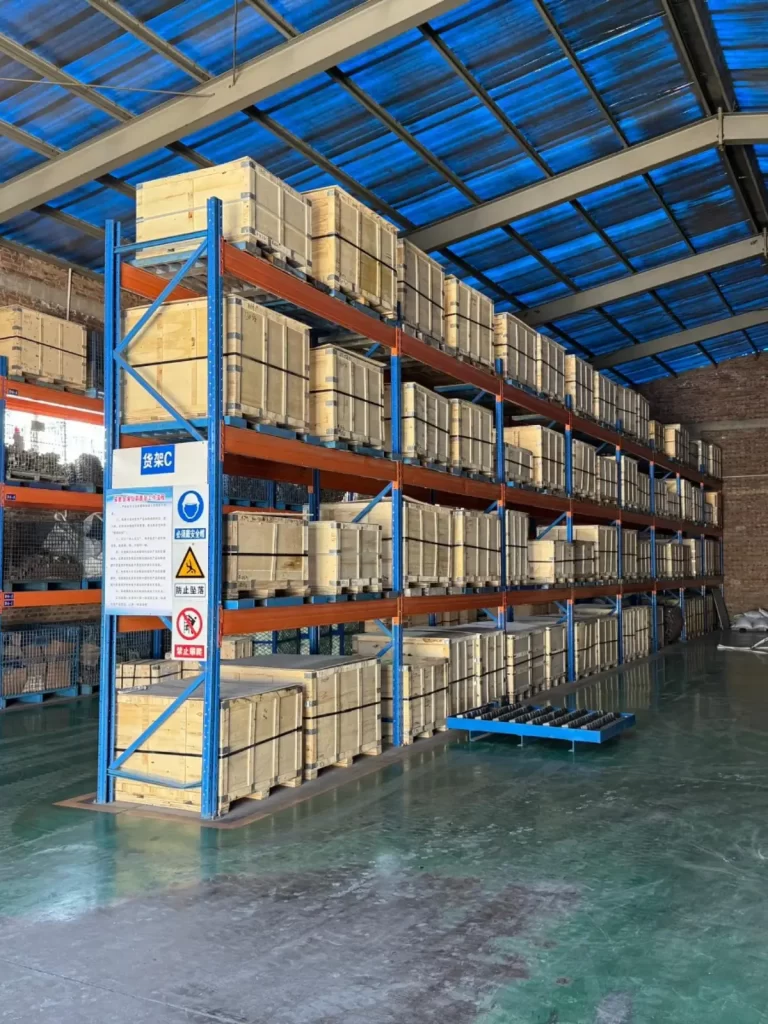Precision Casting
Precision casting is a manufacturing process that creates high-quality, precise-sized castings, often using a lost-wax method (also known as investment casting). This technique allows for complex shapes and intricate designs with high dimensional accuracy and a smooth surface finish.
What it is:
1. Precision casting is an advanced version of near-net-shape manufacturing, meaning the finished part is very close to the desired final shape, reducing the need for extensive machining.
2. It’s particularly well-suited for small to medium-volume production runs.
3. The process generally involves creating a mold from a wax pattern, which is then melted out, leaving a cavity
Applications:
1. Aerospace: Components for jet engines, aircraft, and other aerospace applications require precision and high-quality, making precision casting a suitable choice.
2. Automotive: Parts for engines, transmissions, and other automotive systems.
3. Medical devices: Complex components for medical implants and instruments.
4. Other industries: Precision casting is also used in various other sectors, including hydro turbines, pumps, and defense applications.
Key features and benefits:
High dimensional accuracy:
Precision casting produces parts with very tight tolerances, making them ideal for applications requiring
precise fit and function.
Complex shapes:
The process can create intricate designs and geometries that would be difficult or impossible to achieve using
other casting methods.
Smooth surface finish:
The castings have a high-quality surface finish, reducing the need for extensive finishing operations.
Wide range of materials:
Various metals, including both ferrous and non-ferrous alloys, can be cast using this process.
Material efficiency:
The near-net-shape nature of precision casting reduces material waste and scrap.
Precision Casting Processes
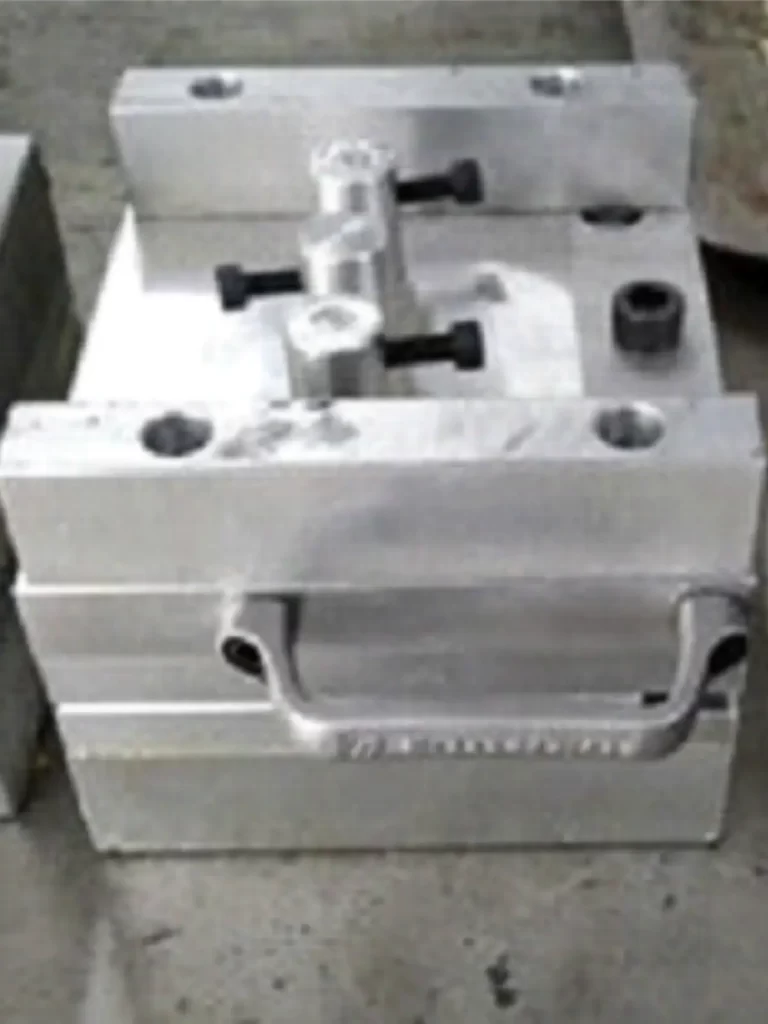
Mold Design

Wax Injection
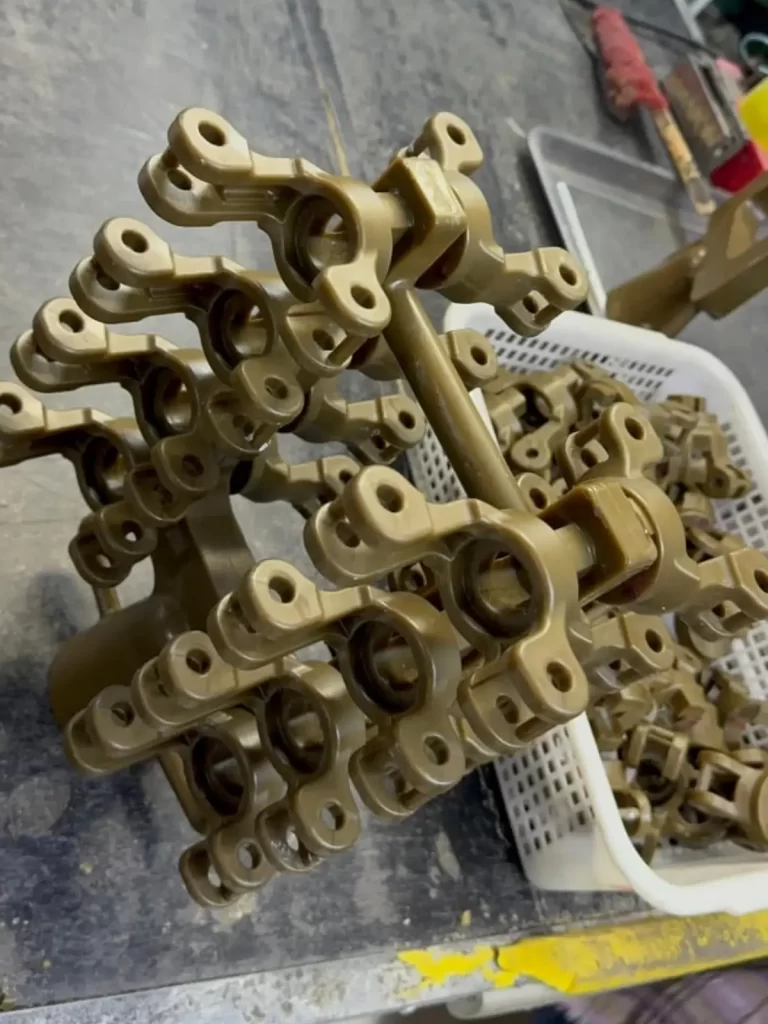
Assembly Tree
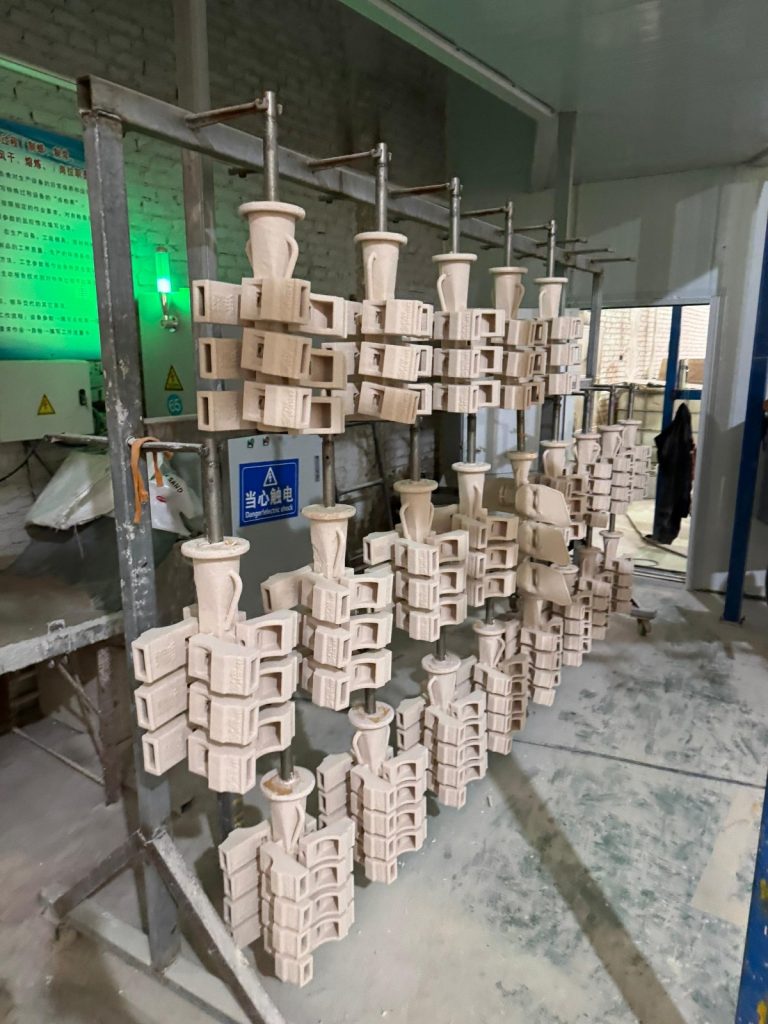
Shell Making
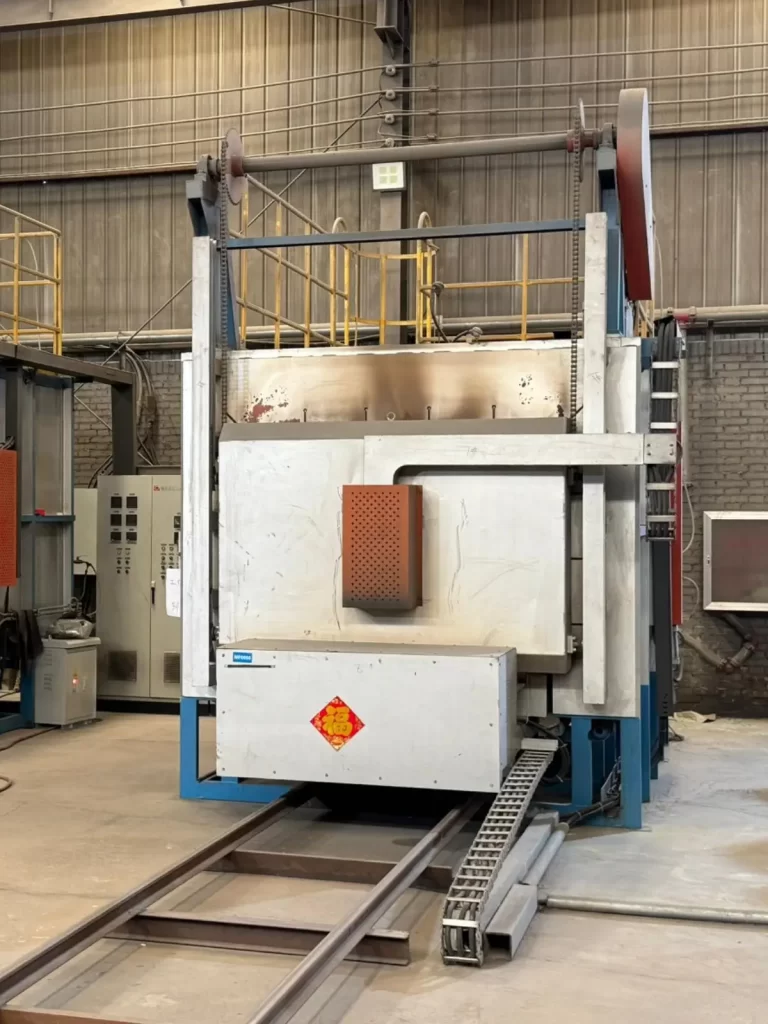
Dewax
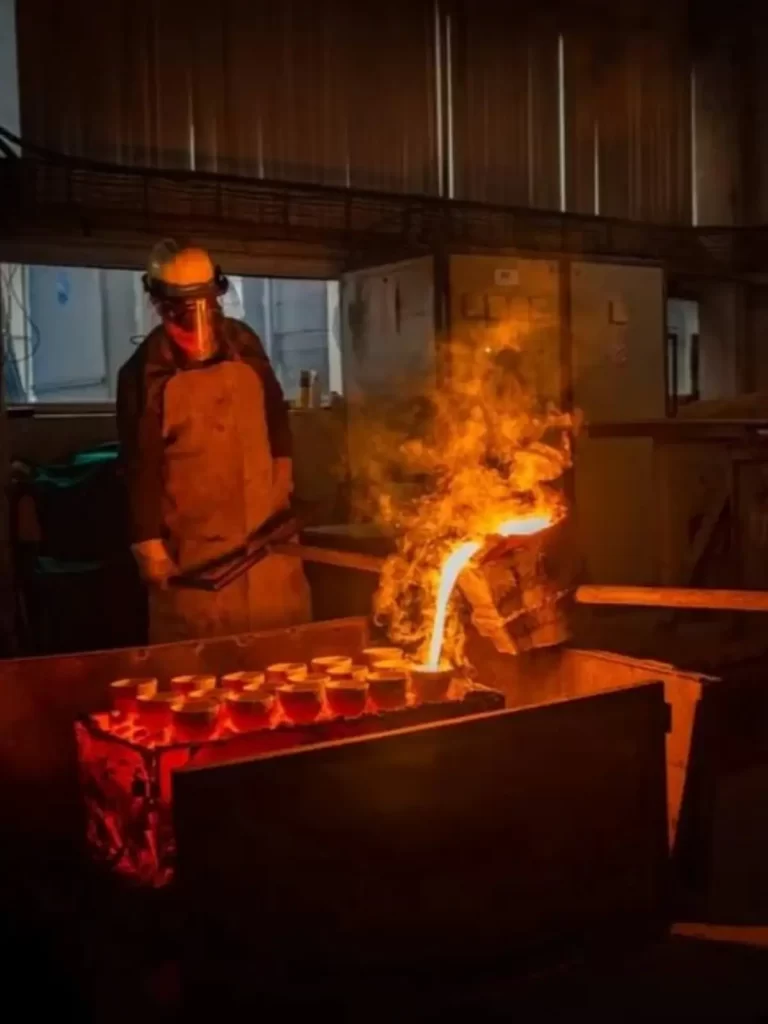
Casting

Knockout Slurry
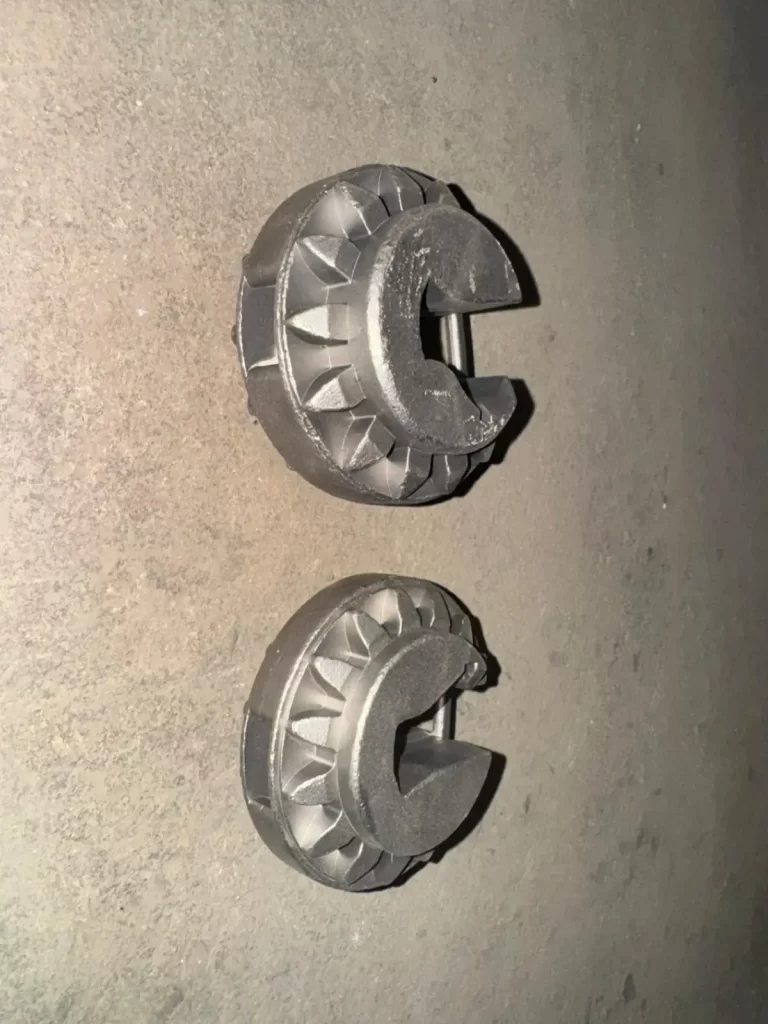
Knockout Product
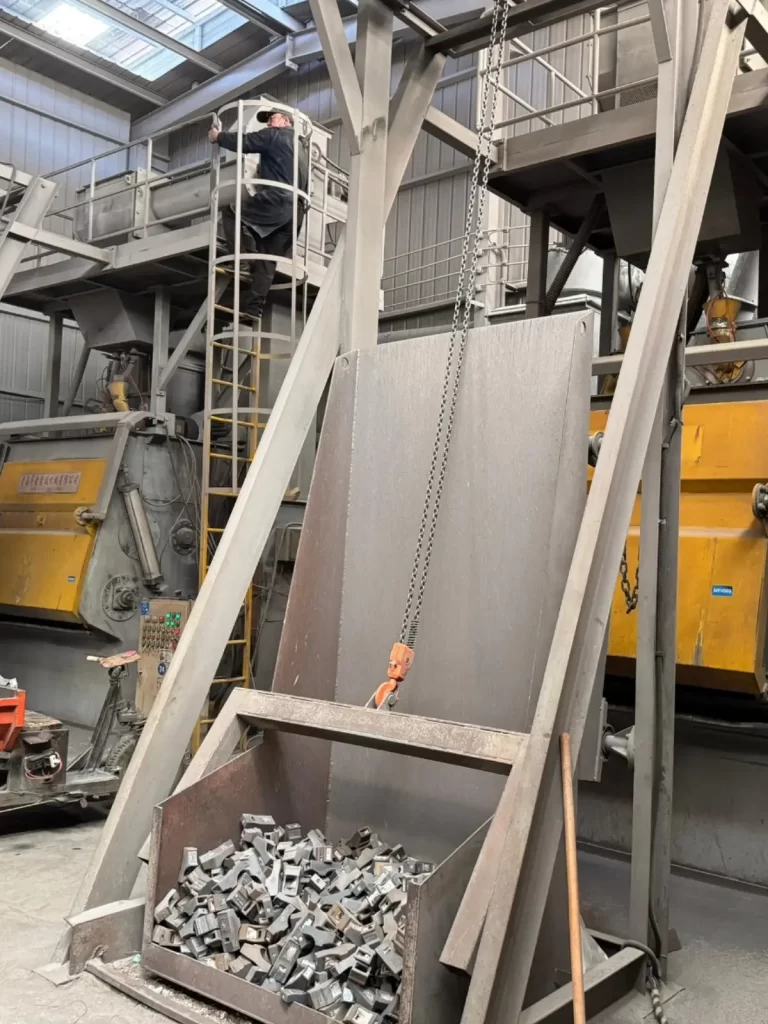
Shot Blast
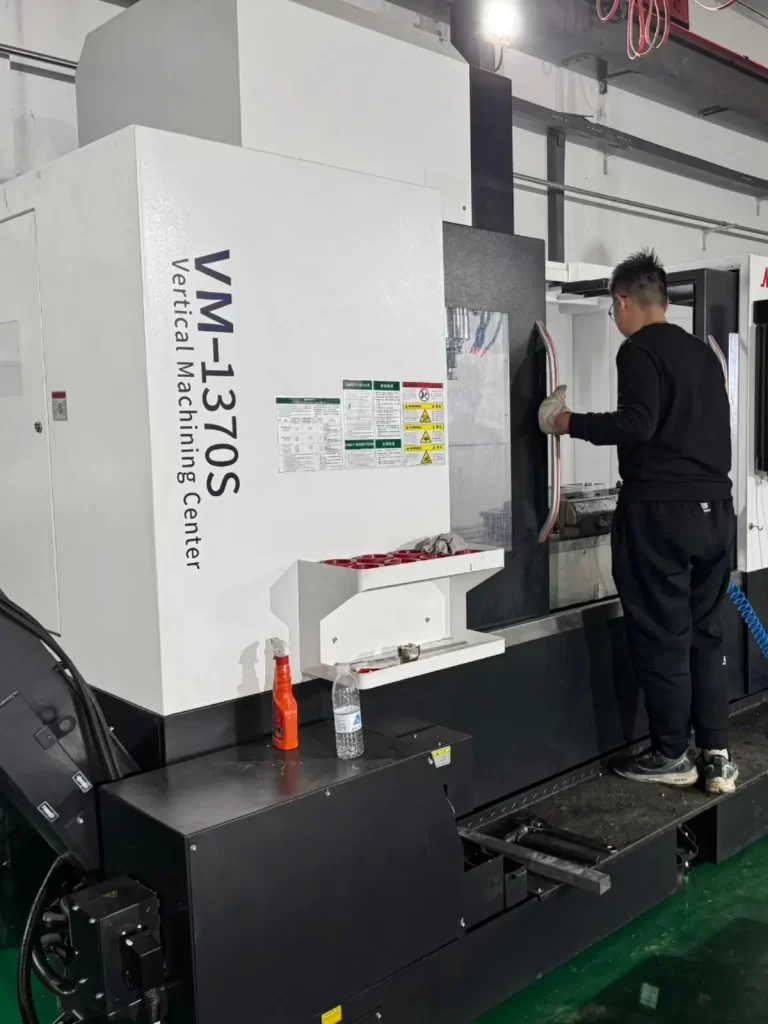
Machining

Finished Products
